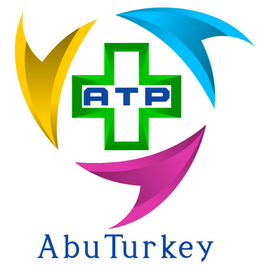Why HTML Formatting is Essential for Blog Posts
In the world of blogging, content is king. However, the way that content is presented can greatly impact its effectiveness and readability. This is where HTML formatting comes into play. HTML, which stands for Hypertext Markup Language, is the standard markup language used to structure content on the web. By using HTML formatting in your blog posts, you can enhance the visual appeal, organization, and accessibility of your content.
The Benefits of HTML Formatting
1. Visual Appeal: HTML formatting allows you to add various elements such as headings, paragraphs, lists, and images to your blog posts. These elements not only make your content visually appealing but also help break up large blocks of text, making it easier for readers to scan and digest the information.
2. Organization: HTML provides a hierarchical structure to your content through the use of headings. By using <h2> headings, you can create subheadings within your blog posts, making it easier for readers to navigate and understand the different sections of your content.
3. Accessibility: HTML formatting plays a crucial role in ensuring that your blog posts are accessible to all users, including those with disabilities. By using semantic HTML tags, such as <h2> for headings, <p> for paragraphs, and <ul> or <ol> for lists, you provide structure and meaning to your content, making it easier for screen readers and assistive technologies to interpret and convey the information to visually impaired users.
Best Practices for HTML Formatting
1. Use Heading Tags Appropriately: When using heading tags, it’s important to follow a logical hierarchy. Start with an <h1> tag for the main title of your blog post, followed by <h2> tags for subheadings, and so on. Avoid skipping heading levels or using heading tags solely for styling purposes.
2. Keep Paragraphs Concise: Break up your content into smaller paragraphs to enhance readability. Aim for 2-3 sentences per paragraph and use line breaks or spacing between paragraphs to create visual separation.
3. Use Lists for Organization: When presenting information in a structured manner, consider using bulleted or numbered lists. This helps readers quickly identify key points and improves the overall readability of your content.
4. Add Alt Text to Images: If you include images in your blog posts, always provide alternative text (alt text). Alt text describes the content of the image and is essential for accessibility. Screen readers use alt text to convey the image’s meaning to visually impaired users.
5. Test for Responsiveness: Ensure that your HTML formatting is responsive and adapts well to different screen sizes and devices. Test your blog posts on various devices, such as smartphones and tablets, to ensure a consistent and user-friendly experience for all readers.
In Conclusion
HTML formatting is an essential tool for enhancing the visual appeal, organization, and accessibility of your blog posts. By following best practices and using HTML tags appropriately, you can create content that is not only visually appealing but also easy to navigate and understand. Remember to prioritize the readability and accessibility of your content to ensure a positive user experience for all readers.
